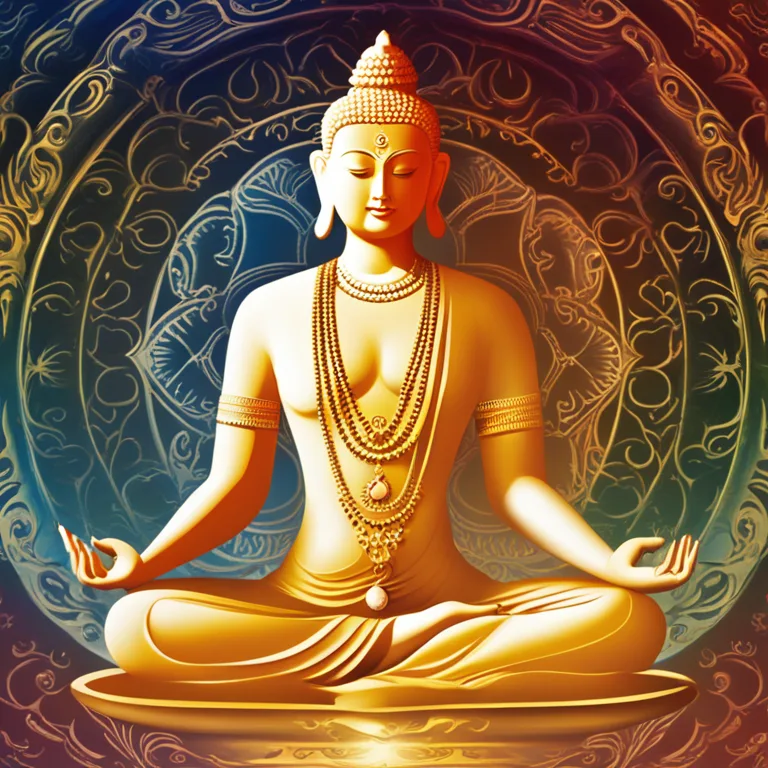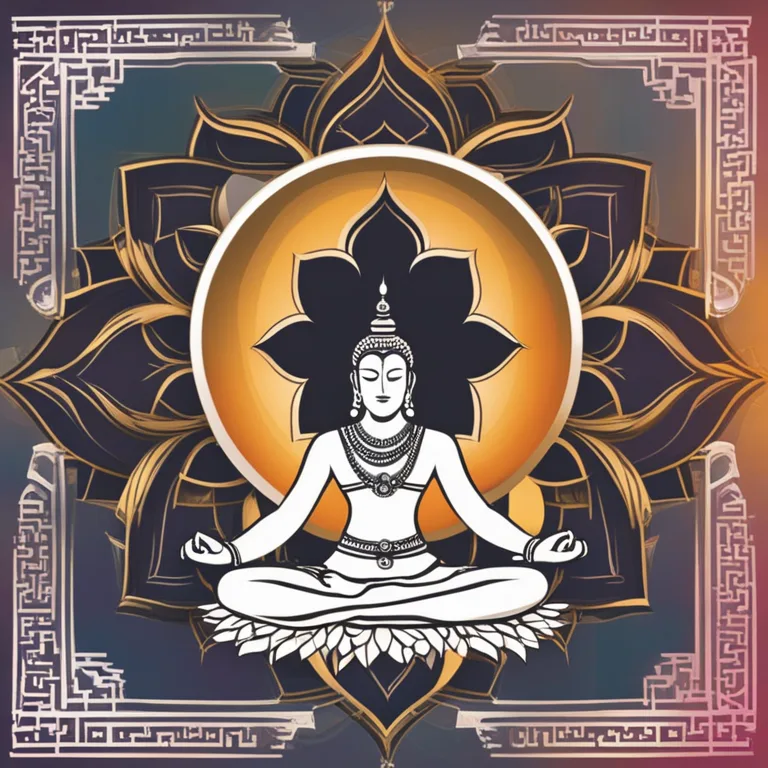
Yoga Meditation Methods for Balance
Discover yoga meditation techniques to harmonize mind, body, and spirit in modern practice.
article by Hina Kurosawa
Introduction to Yoga Meditation
Yoga, an ancient practice rooted in Indian philosophy, extends far beyond physical exercises, known as asanas. It also encompasses a variety of meditation techniques designed to foster mental clarity, emotional stability, and a deeper sense of inner peace. In our fast-paced world, these techniques have gained paramount importance for managing stress and cultivating well-being. This article will guide you through various meditation methods within yoga that have stood the test of time and continue to thrive in relevance as we move forward into 2024 and beyond.

Foundational Breath Focus
Breath work, or pranayama, is often the starting point in yoga meditation. Techniques such as Nadi Shodhana (Alternate Nostril Breathing) create balance in the body and prepare the mind for meditation. It involves gently closing one nostril while breathing through the other and alternating between the two. This acts as a warm-up for your meditation session, centering your focus on the rhythm of your breath and bringing you into the present moment—a practice that is both timeless and especially pertinent in contemporary mindfulness discourse.

Mantra and Sound Meditation
The use of mantras—a word or sound repeated to aid concentration in meditation— is a technique steeply rooted in tradition and continues to be a cornerstone of modern yoga practice. Chanting a mantra such as "Om," the primal sound of the universe, helps still the mind. Recent findings on neuroplasticity emphasize how mantric meditation can positively affect the brain's structure and function, making this an ever-evolving area of interest.

Trataka, The Art of Gazing
Trataka, or fixed-gaze meditation, involves focusing the eyes on a single point, such as a candle flame or a symbol. Traditionally used in Hatha Yoga, this method is believed to enhance concentration and mental resolve. While the roots of Trataka date back to ancient times, contemporary studies on improving attention span have brought it into the limelight, highlighting its relevance and potential benefits for modern practitioners looking for a focal point in their practice.

Chakra Meditation for Energy Balance
Chakra meditation, based on the concept of energy centers along the spine, remains a compelling aspect of yogic meditation. The practice involves visualizing or focusing on the energies of each chakra, often accompanied by specific mantras and colors. As the wellness community increasingly embraces integrative health approaches, this ancient meditative practice aligns well with holistic modalities intended to synchronize body, mind, and spirit.
Yoga Nidra, The Yogic Sleep
Yoga Nidra, often referred to as 'yogic sleep,' provides profound relaxation and an exploration of the subconscious. Typically practiced lying down, it guides you through a state of consciousness between waking and sleeping. The relevance of Yoga Nidra today lies in its therapeutic applications, including stress relief and improved sleep patterns, making it an invaluable tool in our 24/7 connected culture.
Integrating Meditation into Modern Life
As we delve deeper into the digital age, the ability to disconnect and turn inwards grows more critical. These yoga meditation techniques offer practical pathways to achieve mental tranquility and emotional balance. They can be seamlessly woven into the fabric of modern life, providing a counterbalance to its inherent stresses. With ongoing research and adaptation, the wisdom of yoga meditation remains a guiding light for holistic health and well-being.
Published: 12/20/2023
Modified: 12/20/2023
More predictions
Come back here soon to learn more about yourself and your future


Sharpen The Focus with Meditation
Discover effective meditation techniques to enhance your concentration and mental clarity.


Hone Focus with Mindful Meditation
Discover meditation techniques that sharpen concentration and elevate mental clarity for a more productive life.


Boost Concentration with Meditation Techniques
Discover effective meditation strategies to enhance focus and concentration in daily life.